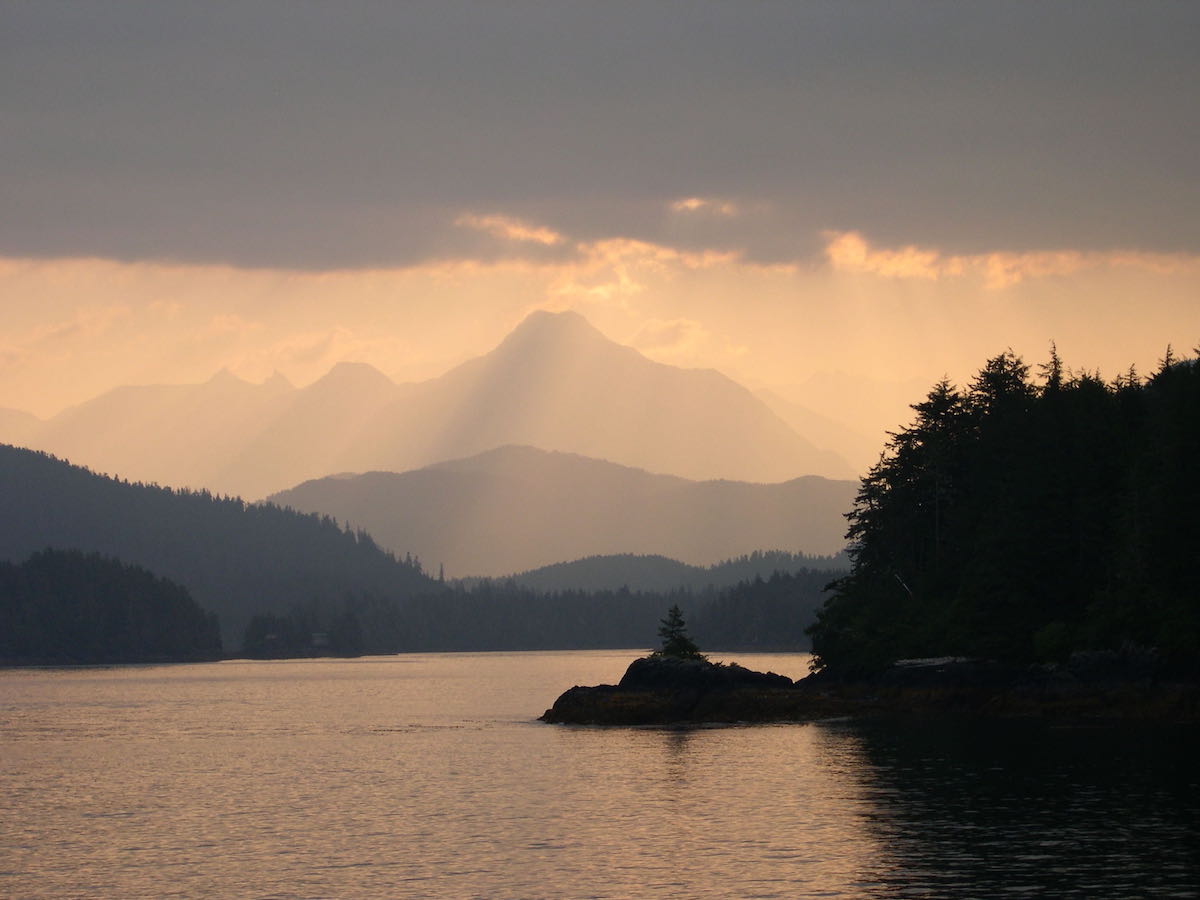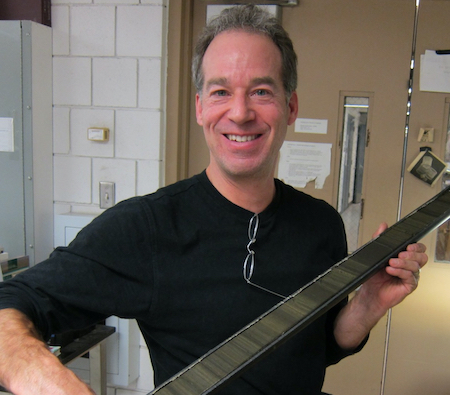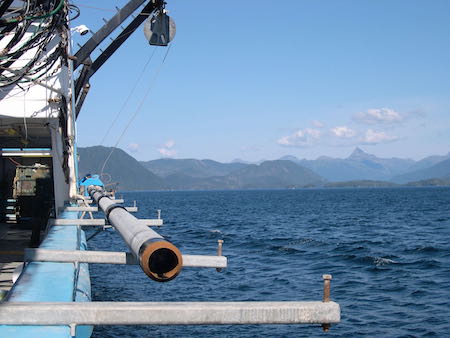ISU Professor Finney co-authors study supporting theory earliest North American humans arrived by ocean route
February 19, 2020

POCATELLO – A study co-authored by Idaho State University Professor Bruce Finney bolsters the argument that more than 15,000 years ago that the first humans who traveled to North America used a coastal route, traveling by boat, as opposed to traveling from the north, walking over a land bridge and then southward between the large retreating glaciers.
“The new twist in our study is about what the ocean currents were doing during this timeframe; we found that because there was less freshwater coming into the North Pacific, the currents opposing boats along the coast would have been much weaker, making travel easier for these earliest travelers,” said Finney, a paleoceanographer who is a professor of biology and geosciences at ISU.
Finney and Thomas Royer, at the Old Dominion Center for Coastal Physical Oceanography, co-authored the paper “An Oceanographic Perspective on Early Human Migration to the Americas” in the journal Oceanography in January, which offers details about this theory.
The northernmost current in the North Pacific (called the Subpolar Gyre) runs counter-clockwise north up the coast, which means mariners coming down the coast from modern-day Russian and Alaska travel against the current, Finney said. The main factor driving the current is the amount of freshwater coming into the ocean from precipitation and glacier melt.
 “Basically, we looked at a bunch of data on how much freshwater was coming into the ocean and found there was a 2,000- or 3,000-year time window when the current was really reduced from what it is today, therefore the currents they were fighting against would have been weaker,” Finney said. “This window occurred between 17,000 and 14,500 years ago, which coincides with the earliest dates on when people arrived in the Americas.
“Basically, we looked at a bunch of data on how much freshwater was coming into the ocean and found there was a 2,000- or 3,000-year time window when the current was really reduced from what it is today, therefore the currents they were fighting against would have been weaker,” Finney said. “This window occurred between 17,000 and 14,500 years ago, which coincides with the earliest dates on when people arrived in the Americas.
There are two competing theories among the archeological community about the initial routes by which humans entered North America. The oldest theory suggests that they traveled by land, crossing a Russian-Alaska land bridge and then traversed the continent between two giant glacial ice sheets. However, according to Finney, it would have been difficult for these early pioneers to migrate over a sheet of ice that, during the height of the last ice age, was a kilometer thick.
The second theory, which has gained more acceptance in recent years, is that the earliest migrants came by an ocean route. In the timeframe when North America was first inhabited, the Pacific Ocean’s water level was lower than it is now and the ocean was productive biologically. This leads many scientists to believe that there were places for boaters to haul out their boats and find plenty to eat.
“Now more scientists think that the earliest travelers came by boat rather than by walking down,” Finney said. “But later, after the glaciers receded, migrants then definitely came by land.”
Finney’s major contribution to the new study was providing data to back up the theory that there was less freshwater in the ocean at that time. He did this by analyzing isotopes in ocean core samples, one of his specialties as a researcher. Some of these core samples were collected in 2004 when he had an NSF-funded grant, that funded an oceanographic cruise from Newport, Oregon to Kodiak, Alaska. On that trip, researchers took sediment cores from more than 30 sites starting in southern Southeast Alaska and then heading north and west. Some of the cores taken during that trip formed the basis for the data referred to in the new study, documenting the timing of changes in freshwater in the ocean in this region.
 “There were cores taken in the area and we could measure how fresh the water was versus how salty it was,” Finney said. “Analyses of these core samples backed up the idea that there was less freshwater and the currents were slower during this period.”
“There were cores taken in the area and we could measure how fresh the water was versus how salty it was,” Finney said. “Analyses of these core samples backed up the idea that there was less freshwater and the currents were slower during this period.”
Finney said he was excited about working on this project because of recent discoveries made in Idaho that show the state’s first human inhabitants came earlier than previously documented, about 16,000 years ago.
“Part of the reason I was excited about this paper was because when it was in review, a paper came out in Science on the Coopers Ferry site in Idaho, way down on the lower Salmon River,” Finney said, “That paper concluded that the earliest people showed up much earlier than was previously thought, 14,000 to 16,000 years ago, and that can only be explained by the people using the coastal route. We referenced that study in our paper.”
“So this gives our study an Idaho connection,” he added.
The paper “An Oceanographic Perspective on Early Human Migration to the Americas” can be viewed online at https://tos.org/oceanography/article/an-oceanographic-perspectiveon-early-human-migrations-to-the-americas.
Middle photo information: ISU Professor Bruce Finney displays the type of sediment core that he uses to do isotope analysis.
Bottom photo information: Piston coring device along the side of the National Science Foundation Research Vessel Maurice Ewing, inside passage SE Alaska.
All photos courtesy of Bruce Finney.
Categories:
